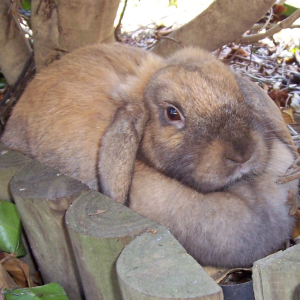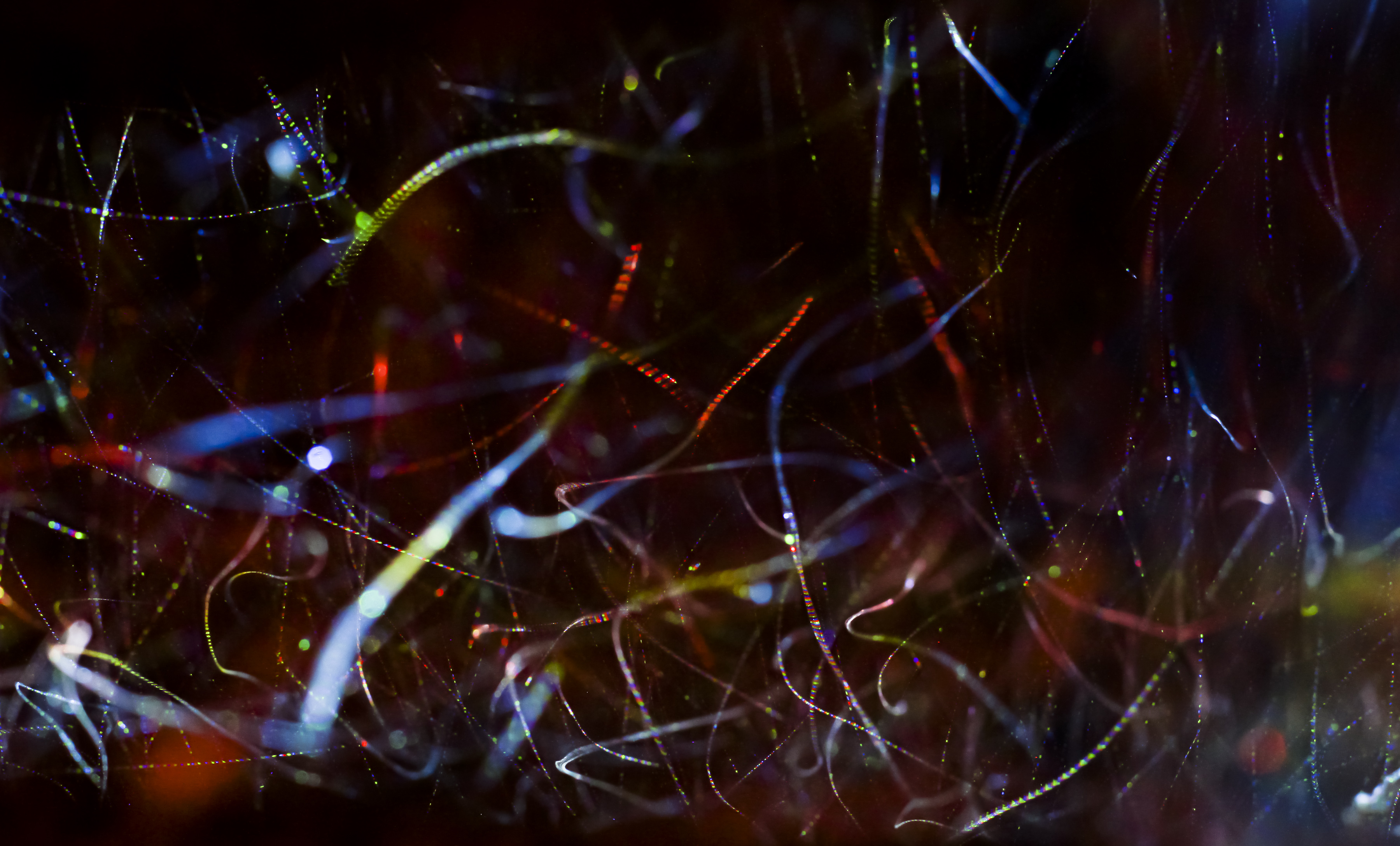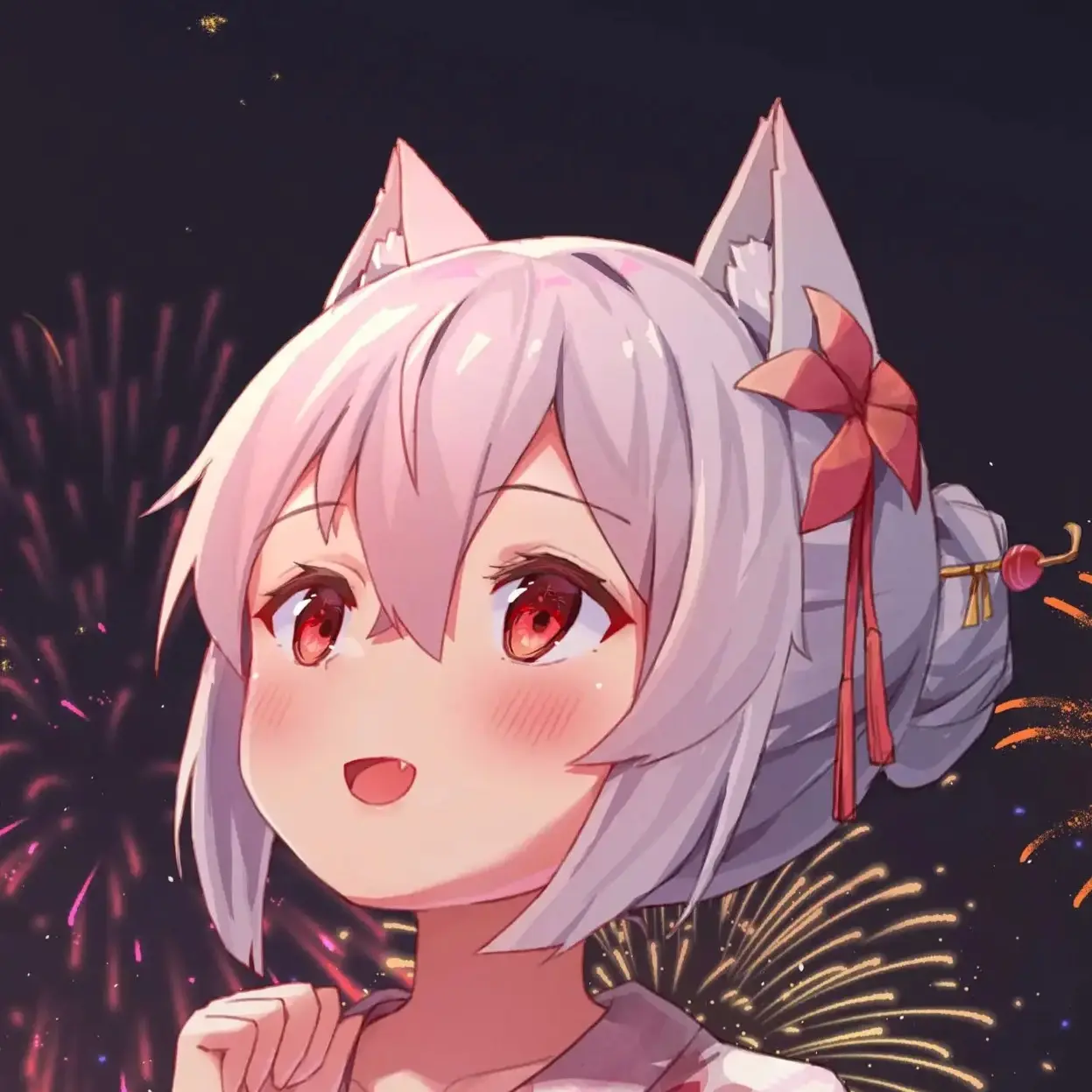

Different people also have different sensitivity to different types of artifacts. No doubt a degree of the complaints is overblown due to a big of tribal / mob mentality going on, but a few of the people complaining might just be more sensitive to it.
With TAA specifically there’s probably also implementation differences going on, where someone has a bad experience with it once or twice and then generalizes that experience to all implementations of it.


/cdn.vox-cdn.com/uploads/chorus_asset/file/25564990/ss_c5781b8f9a8181e6c989869b86d0b455ccca344a.jpg)

Yeah I’m also confused about its current state / status in currently-released games. It looks like a significant enough of a feature that I would naively assume that if it was implemented in a currently-released game that the devs would boast about it, so I guess it’s not there yet?